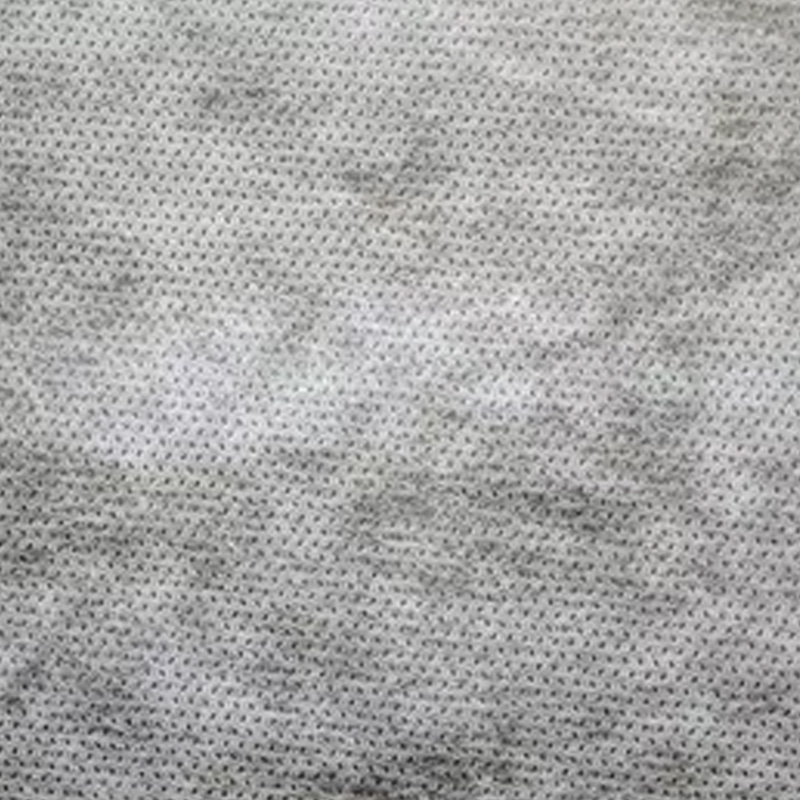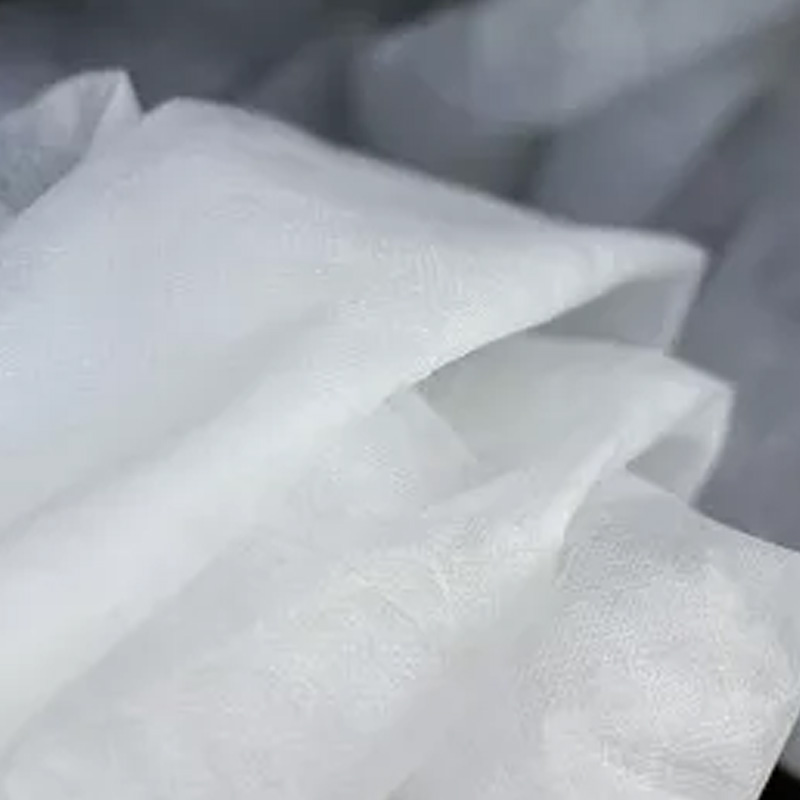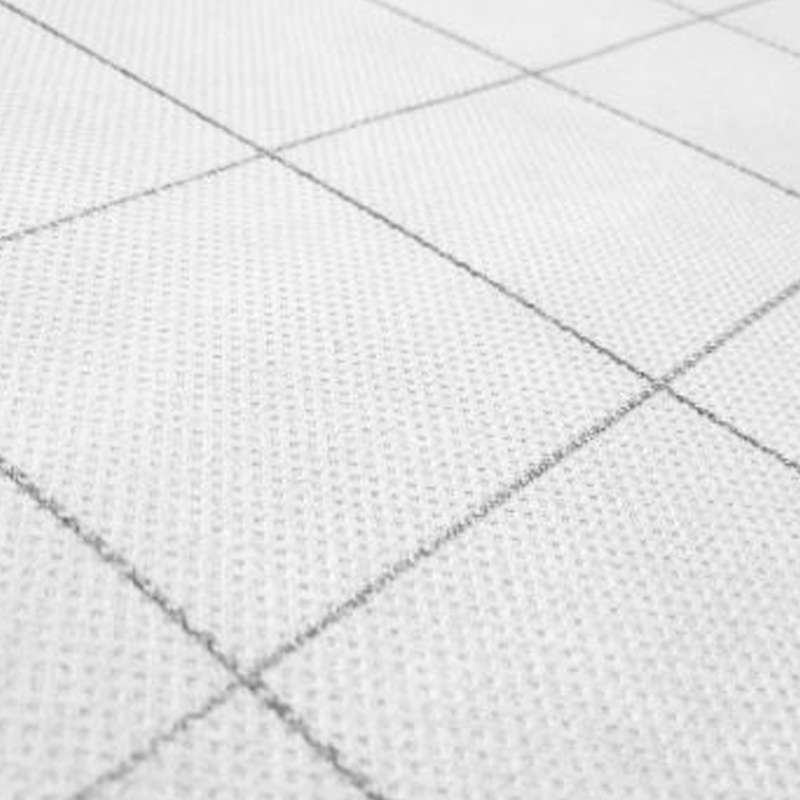Spunbond Nonwoven Manufacturing Process
As a professional spunbonded nonwoven fabric supplier in China, Superchen has advanced spunbonded non-woven fabric production process. Now follow us to understand what is the spunbond process.
The spunbond process consists of three steps: fiber network formation, fiber network bonding and winding.
- Fiber mesh formation: Fiber mesh formation is the extrusion of high-temperature molten polymer into microfibers through the nozzle of the extruder.
- Fiber network bonding: Fiber network bonding refers to the ejection of high-temperature molten polymer on a moving conveyor belt for cooling and stretching, forming a fiber network. The loose web of fibers is then glued together using a bonding technique. Non - woven bonding methods: mechanical bonding, chemical bonding and thermal bonding.
- Coiled: After the high-temperature polymer is extruded and cooled and stretched into microfibers, the microfibers are wound into loose webs.


Spunbond is a process in which polymers, such as polyester, are melted at high temperatures and extruded into filament fibers. The filament mesh is randomly arranged on the conveyor belt, and the spunbonded fabric is made by bonding the fibers. Melt process is the main method of spunbond technology, in addition to dry or wet spunbond technology for choice. Fabrics made by the spunbond process generally have strong strength, tensile resistance and stability, which is very suitable for agricultural geotextile, industrial filter materials, disposable medical cloth in the field of health care, etc. The specific order of spunbond method is introduced as follows:
- Polymer melting
- Cooling&filtering
- Spinning
- Drawing
- Laying on the formation net
- Bonding
- Winding on roll
- Google cachedat
In addition, the spunbond method can also change the arrangement and pattern of filament fibers through the rotation of the spinneret head, and change the speed of the conveyor belt to change the density of the fiber network. Compared with the method of making non woven fabric with short fiber, the spunbond method combines the production of non-woven fabric and fiber production, which is more economical and practical.
The arrangement of filament fibers and the pattern of spunbonded fabric can be changed by the rotation of the microfiber spinneret in the process of fiber net formation. By introducing an additional stream of air into the polymer extrusion process, the spouted filaments can be controlled to become entangled. You can also change the speed of the fiber conveyor belt and control the amount of fiber filaments stacked at different locations to form different arrangements and patterns. It is even possible to bend or form a closed arrangement of polyester filaments by applying an electric charge to them.
The special manufacturing process of spunbonded fabric makes it stronger and harder to tear. Spunbonded nonwoven fabrics are also widely used, from clothing interlining, carpet backing, furniture bedding to industrial filter cloth, cement bags, all fields have spunbonded non woven fabrics. In addition, spunbonded non woven fabric can also be used as geotextile, used in the field of civil engineering for soil erosion control and reinforcement cloth and so on.
The following are some uses of spunbonded non woven fabrics:
- Bedding, such as pillowcases, mattresses, etc
- Garment interlining
- Carpet backing
- Wallpaper/wallpaper backing
- Furniture backing
- Industrial filtration materials
- Geotextile/reinforcement cloth
- Roofing and other building materials
- Cement bags


